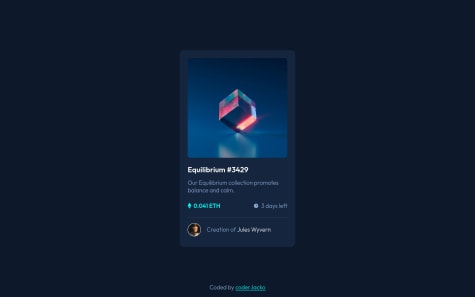@sudeep2003
Submitted
During the project, I encountered a few challenges that I found difficult:
Ensuring that the QR code component looked and functioned well on various screen sizes and devices was a bit tricky. I had to use CSS media queries and adjust the layout to make it responsive.
While I tried to maintain clean and well-structured code, there are a few areas where I am unsure or have concerns:
-
CSS Complexity: In some parts of the CSS code, especially for styling the QR code itself, it might have become a bit complex. I wonder if there are better ways to organize and optimize the CSS for maintainability.
-
Compatibility: Although I did some testing, I'm not entirely confident about the cross-browser compatibility of the project. It would be great to know if there are specific areas I should focus on to improve compatibility with various browsers.
Yes, I have a few questions regarding best practices:
-
CSS Best Practices: Are there any recommended best practices for organizing CSS in larger projects? I want to ensure that my stylesheets are maintainable and scalable.
-
Accessibility: I want to access all projects.
Any guidance or advice on these best practices would be greatly appreciated!











